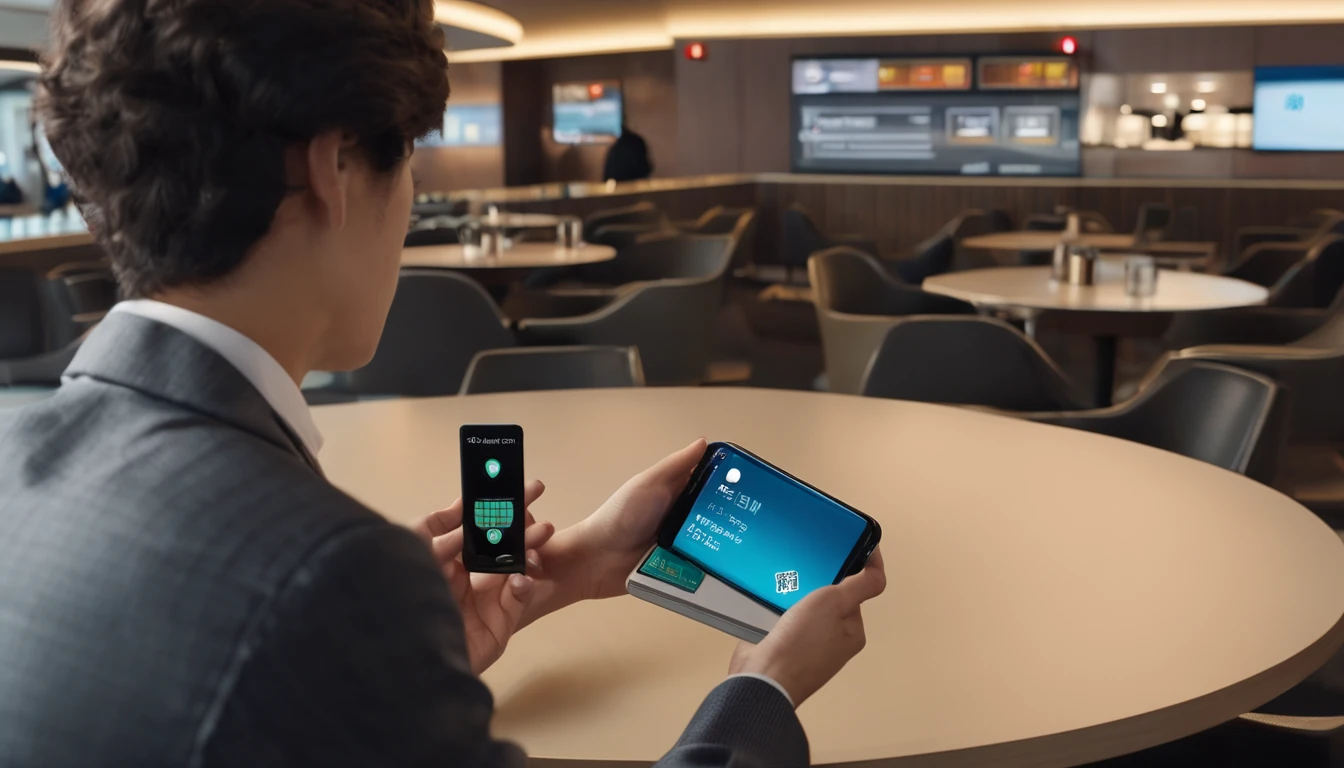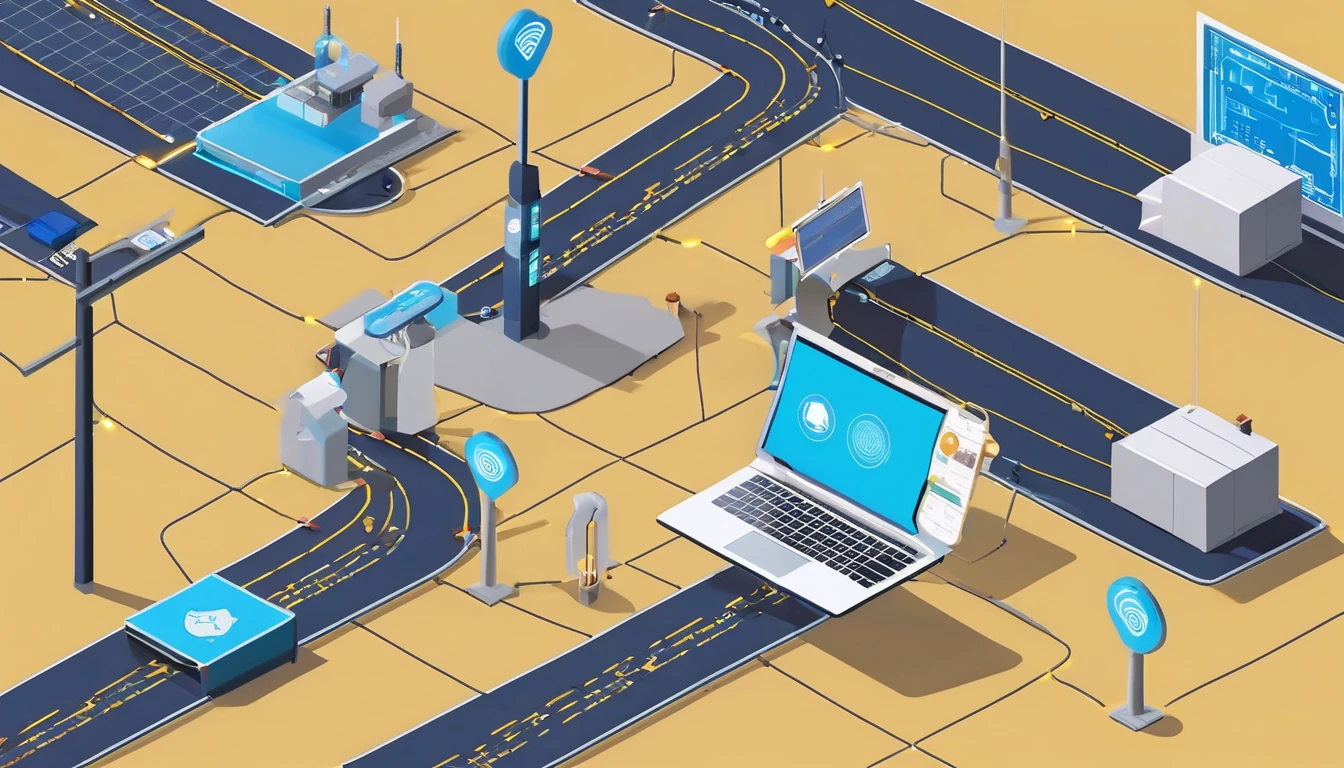Travellers love eSIM for instant setup, no queues and easy switching. But many still ask a simple question: is eSIM safe? In short: yes—when you buy from a reputable provider and follow a few basic security steps, eSIM is as safe as (and often safer than) a traditional plastic SIM. It uses GSMA-standard, carrier-grade security, with profiles delivered over encrypted channels and protected by your phone’s hardware.
That said, no connectivity method is magically immune to risk. The biggest day‑to‑day threats to travellers are not eSIM itself but account takeover, dodgy QR codes, and—by far the most common—unsafe public Wi‑Fi. This guide cuts through the noise, explains how eSIM security really works, and gives you practical checklists to stay protected on the road. If you’re planning multi‑country travel, explore our regional options like Esim Western Europe or Esim North America, or browse all Destinations.
eSIM security, in plain English
An eSIM is a secure chip inside your phone that stores your mobile plan as a digital profile. Instead of inserting a plastic SIM, you download a profile from a secure server (known as an SM-DP+). Your phone and the server verify each other using certificates, then exchange encrypted data to install the profile.
Key points that matter for safety: - No physical card to steal, lose, or swap. - Profiles are bound to your device’s secure hardware. - Provisioning uses mutual authentication and encryption based on GSMA standards used by mobile operators worldwide. - You control activation, deactivation, and deletion on your device settings.
Is eSIM safe? The short answer
Yes. eSIMs use operator‑grade security and reduce several risks associated with plastic SIMs.
Why eSIM can be safer than a physical SIM: - Harder to steal or swap: There’s no tiny card to remove. Many eSIM transfers require device unlock and/or account verification. - Encrypted delivery: Profiles are provisioned over secure channels; the QR code is just a pointer, not the profile itself. - Faster control if lost: You can remotely erase your phone (which removes eSIM profiles) and suspend service via your carrier promptly.
Where the real risks are: - Social engineering (SIM swap via your carrier account, not via “hacking” the eSIM itself). - Malicious QR codes or fake eSIM vendors. - Insecure public Wi‑Fi, which remains a far bigger everyday threat than mobile data.
Common myths, debunked
“eSIMs are easy to hack”
Reality: There’s no public evidence of widespread eSIM profile “hacking” on modern devices. Attacks we hear about are usually account takeovers (convincing a carrier to port your number) or device theft. Keep your carrier/Apple/Google accounts locked down with strong, unique passwords and multi‑factor authentication (MFA).
“Scanning a QR code is unsafe”
The QR code typically contains the address of the secure server (SM-DP+) and an activation code. The sensitive bits still travel through an encrypted, authenticated session between your phone and the operator. The risk isn’t the QR format—it’s scanning codes from untrusted sources. Only use codes from your provider’s website/app or official email.
“eSIM can be cloned”
Cloning traditional SIMs required physical access and exploits. eSIM profiles are bound to device hardware and provisioned with mutual authentication, making cloning impractical for opportunistic attackers. Your bigger risk is someone taking over your carrier account, not copying your eSIM.
“eSIM drains battery or tracks me more”
No. eSIM is simply the way your device stores carrier credentials. Network behaviour, not eSIM itself, affects battery and privacy. As with any mobile plan, your operator sees the usual network metadata.
“Public Wi‑Fi is fine if there’s a password”
A café password does not equal end‑to‑end security. Open or shared‑password Wi‑Fi can be spoofed (“evil twin”), intercepted, or used to inject malicious captive portals. Mobile data via eSIM avoids most of these pitfalls.
The real risks (and how to lower them)
- Account takeover (SIM swap)
- Risk: An attacker convinces your carrier to move your number to their device.
- Reduce it:
- Add a carrier account PIN and enable MFA.
- Use unique passwords stored in a password manager.
- Be wary of phishing that targets your email, Apple ID, Google account, or banking.
- Fake eSIM sellers and malicious profiles
- Risk: Phishing sites selling bogus “eSIMs,” or QR codes that lead you to install unknown profiles.
- Reduce it:
- Buy from reputable providers and official marketplaces.
- Confirm the web domain and payment gateway before purchase.
- Avoid Telegram/WhatsApp “resellers” without verifiable credentials.
- QR code interception or tampering
- Risk: Using public PCs or shared screens to display codes; others scan your code.
- Reduce it:
- Access codes privately on your own device.
- Never share activation codes or order emails.
- Lost or stolen phone
- Risk: Thieves may use your data/number if the phone remains unlocked.
- Reduce it:
- Set a strong device passcode and enable biometric unlock.
- Turn on Find My (iOS) / Find My Device (Android).
- Remote‑lock/erase immediately; contact your carrier to suspend service.
- Public Wi‑Fi risks
- Risk: Data interception, malicious hotspots, credential theft.
- Reduce it:
- Prefer mobile data via eSIM for banking, booking, and email.
- If Wi‑Fi is unavoidable, use a trusted VPN and disable auto‑join for open networks.
Pro tip: When you arrive, enable “Allow Mobile Data Switching” (iOS) or equivalent dual‑SIM settings carefully, so your primary line isn’t used for roaming by mistake.
A traveller’s security checklist
Before you fly
- Buy your eSIM from a trusted provider. Explore country packs like Esim United States, Esim France, Esim Italy or Esim Spain, or regional bundles such as Esim Western Europe and Esim North America. You can compare all options under Destinations.
- Secure your accounts: - Set a carrier account PIN and enable MFA. - Turn on MFA for email, Apple ID/Google, and banking.
- Update your phone to the latest OS.
- Set a strong device passcode; enable biometrics.
- Prepare backups (iCloud/Google) and enable Find My/Find My Device.
When installing your eSIM
- Use a trusted network (mobile data or your home Wi‑Fi).
- Scan the QR code from your provider only; avoid screenshots in group chats.
- Confirm the Data Roaming toggle for the correct line to avoid bill shock.
- Keep your primary number as “Calls & SMS” only (if you need it) and route data through your travel eSIM.
On the road
- Prefer eSIM mobile data over public Wi‑Fi for sensitive tasks.
- If you must use Wi‑Fi:
- Verify the network name with staff; beware of lookalikes.
- Use a VPN; avoid logging into critical accounts on captive portals.
- Turn off auto‑join for open networks.
- Monitor usage and plan validity in your device settings.
- If your phone is lost/stolen: remote‑lock and erase, then contact your provider to suspend the line.
When you head home
- Delete unused travel eSIM profiles in Settings.
- Review your accounts and change any passwords used on shared networks.
- Keep your provider receipts and emails for future trips.
Pro tip: Dual‑SIM setups are ideal. Keep your home number for calls/SMS (data off), and run data on your local eSIM for cheaper, safer connectivity.
eSIM vs public Wi‑Fi: which is safer?
For day‑to‑day travel, mobile data via eSIM is generally safer than public Wi‑Fi: - Air interface encryption: 4G/5G encrypt traffic between your phone and the tower. While telecom‑grade threats exist, opportunistic interception on mobile networks is far less common than Wi‑Fi sniffing. - Fewer “evil twin” attacks: It’s trivial to mimic “Free Airport Wi‑Fi”; it’s not trivial to mimic a mobile network your phone will trust. - Less captive portal risk: Wi‑Fi portals can inject scripts or trick you into entering credentials. Mobile data doesn’t have this layer.
When to consider Wi‑Fi: - Large downloads or video calls where you trust the network (e.g., hotel room with unique password, enterprise WPA2‑Enterprise). Even then, a VPN adds protection.
Bottom line: For most travellers wondering “is eSIM safe?”, the bigger question is “is this Wi‑Fi safe?”. If in doubt, stick to eSIM data.
For business travellers and teams
Mobile security is a team sport: - Standardise on eSIM data for travel devices to reduce Wi‑Fi risk. - Use MDM/EMM to enforce passcodes, remote‑wipe and VPN. - Require MFA on all corporate accounts and set carrier account PINs for employees. - Centralise purchasing for predictable costs and vetted vendors. See Simology For Business. - Agencies, TMCs, and resellers can streamline secure eSIM distribution via our Partner Hub.
Where to buy securely
Choose reputable providers with transparent plans, clear activation steps and responsive support: - Country eSIMs: Esim United States, Esim France, Esim Italy, Esim Spain. - Regional bundles: Esim Western Europe, Esim North America. - Explore all Destinations to match your route and budget.
Pro tip: Install the eSIM before you fly so you’re online the moment you land—no airport Wi‑Fi needed.
FAQ
Q: Is eSIM safer than a physical SIM? A: In many ways, yes. There’s no card to steal, profiles are tied to device hardware, and provisioning uses encrypted, authenticated channels. The major risk remains account takeover, not the eSIM tech itself.
Q: Can someone hack my eSIM by scanning my QR code? A: Not if you keep it private. The QR code points your phone to a secure server; the actual profile is delivered over an encrypted, mutually authenticated session. Treat the code like a password—don’t share or display it publicly.
Q: What if my phone is lost or stolen while travelling? A: Immediately use Find My/Find My Device to lock and erase the phone, which removes the eSIM profile. Then contact your provider to suspend or transfer the line. A strong device passcode and biometrics limit misuse.
Q: Is public Wi‑Fi safe if I use HTTPS? A: HTTPS helps, but Wi‑Fi still carries risks: malicious hotspots, DNS tampering, captive portal tricks, and misconfigured apps. For sensitive tasks, mobile data via eSIM is typically safer. If Wi‑Fi is unavoidable, use a trusted VPN.
Q: Can I use eSIM and a physical SIM at the same time? A: Yes. Most modern phones support dual‑SIM (one physical + one eSIM, or dual eSIM). You can set calls/SMS on one line and data on the other—ideal for keeping your home number active while using a local data plan.
Q: Does eSIM affect battery life or privacy? A: Not inherently. eSIM is just how your plan is stored. Battery life depends on network conditions and usage; privacy is governed by your device settings and operator policies, similar to a physical SIM.
Next step: Plan your trip with the right regional or country eSIM—start with our full list of Destinations.




